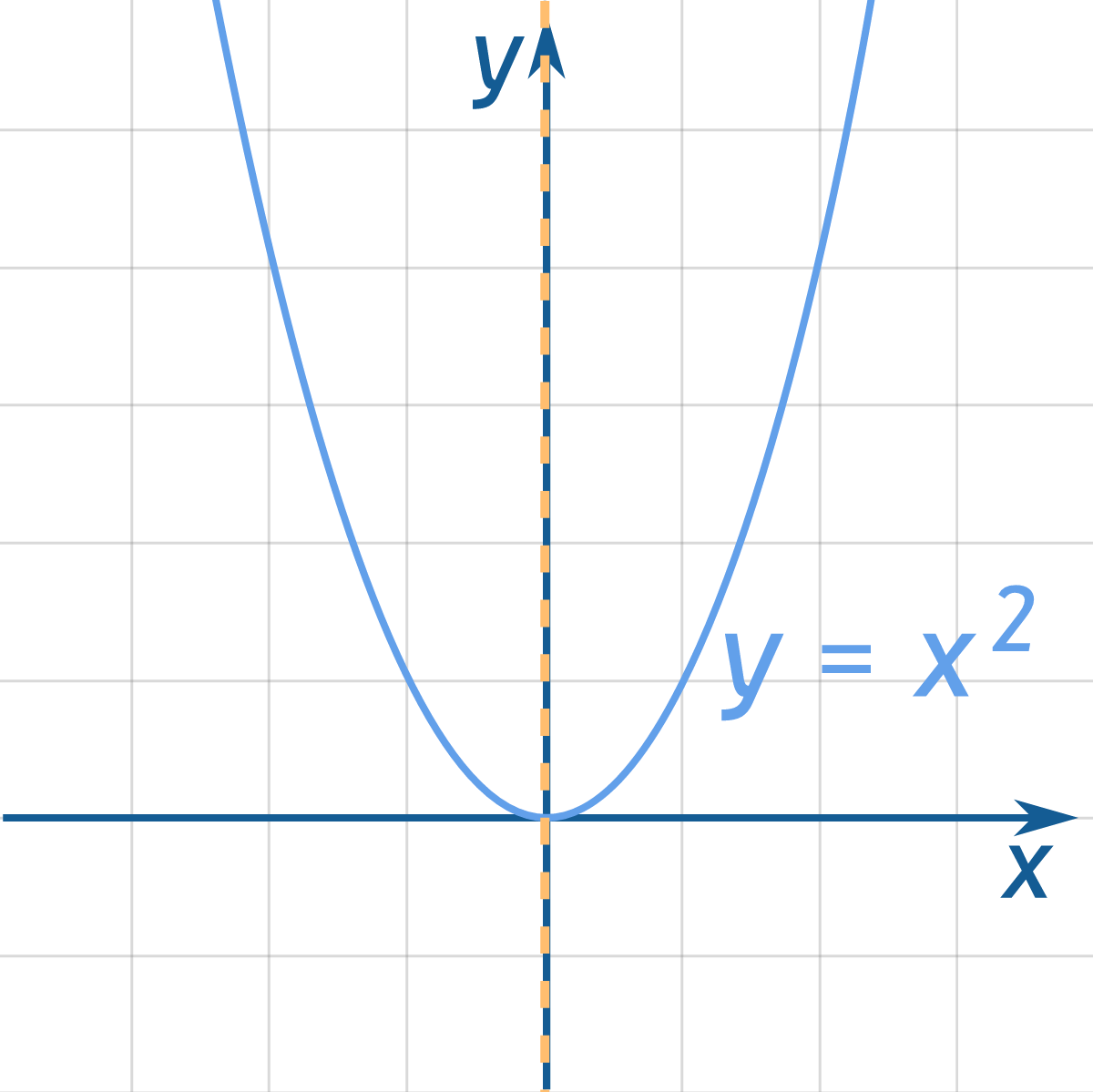harpazo
Full Member
- Joined
- Jan 31, 2013
- Messages
- 891
According to the texbook, the graphs of y = tan x, cot x, csc x and sec x all possess asymptotes. Cohen goes on to say that for the trig identity tan x = sin x/cos x, at x = pi/2, the denominator is 0. Furthermore, when x is equal to any ODD INTEGRAL MULTIPLE of pi, the denominator of tan x = sin x/cos x will be 0 and, as a result, tan x will be undefined.
Let x = pi/2
tan (pi/2) = sin(pi/3)/cos(pi/2)
tan(pi/2) = [sqrt{3}/2]/0
tan(pi/2) = 0 = undefined
1. I understand ASYMPTOTE to mean that 0 is not allowed in the denominator of a fraction. If this is untrue, what does ASYMPTOTE mean for us in terms of tan x?
2. In what way is the idea of asymptote related to negative and positive infinity?
3. Cohen stated: "We'll obtain the graph of the tangent function by a combination of both point-plotting and symmetry considerations." What does he mean by SYMMETRY CONSIDERATION?
4. When x is equal to any ODD INTEGRAL MULTIPLE of pi, the denominator of tan x = sin x/cos x will be 0 and, as a result, tan x will be undefined. What is an ODD INTEGRAL MULTIPLE OF pi? Can I have a list, say, of 5 odd integral multiples of pi?
Let x = pi/2
tan (pi/2) = sin(pi/3)/cos(pi/2)
tan(pi/2) = [sqrt{3}/2]/0
tan(pi/2) = 0 = undefined
1. I understand ASYMPTOTE to mean that 0 is not allowed in the denominator of a fraction. If this is untrue, what does ASYMPTOTE mean for us in terms of tan x?
2. In what way is the idea of asymptote related to negative and positive infinity?
3. Cohen stated: "We'll obtain the graph of the tangent function by a combination of both point-plotting and symmetry considerations." What does he mean by SYMMETRY CONSIDERATION?
4. When x is equal to any ODD INTEGRAL MULTIPLE of pi, the denominator of tan x = sin x/cos x will be 0 and, as a result, tan x will be undefined. What is an ODD INTEGRAL MULTIPLE OF pi? Can I have a list, say, of 5 odd integral multiples of pi?


